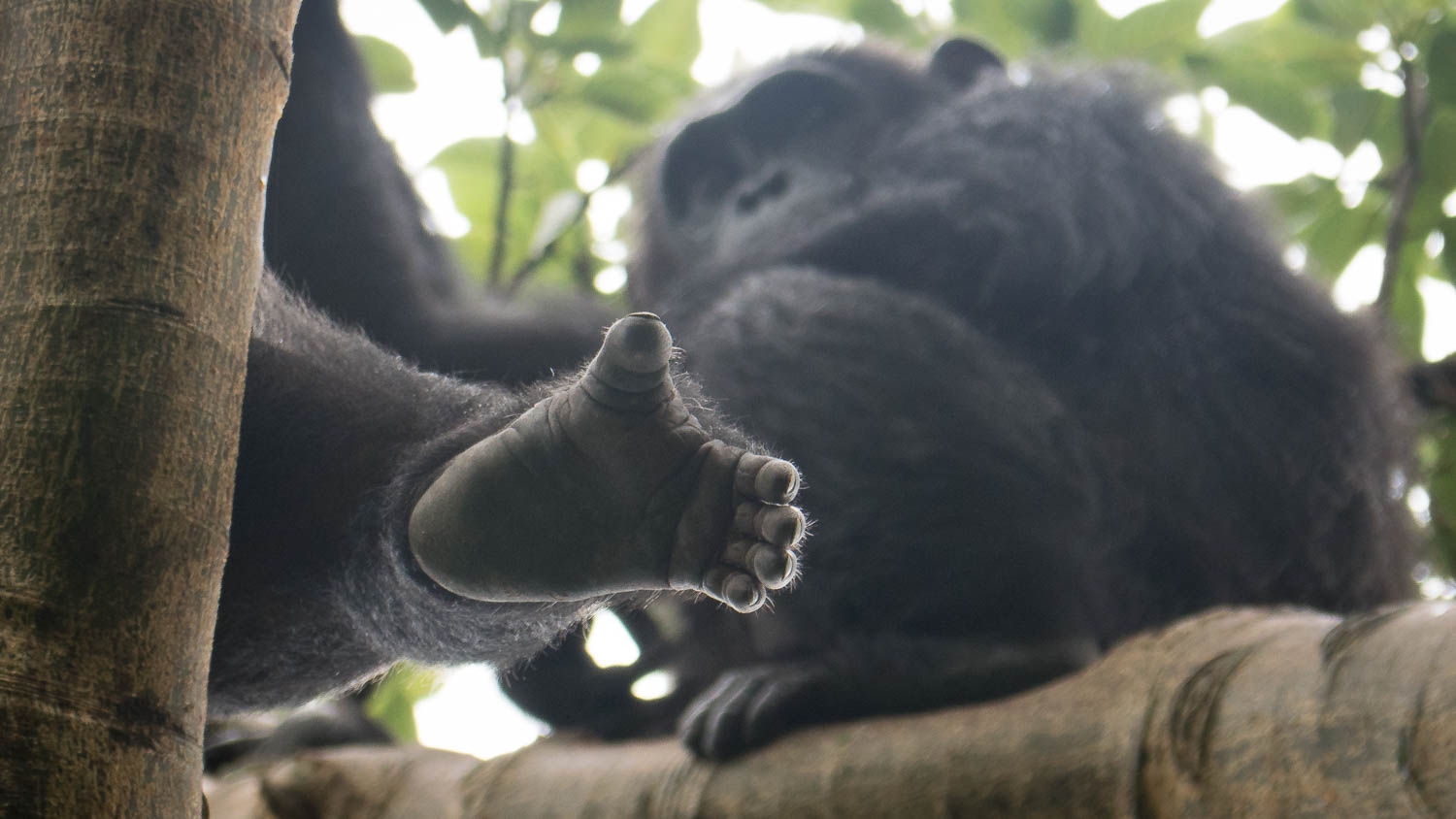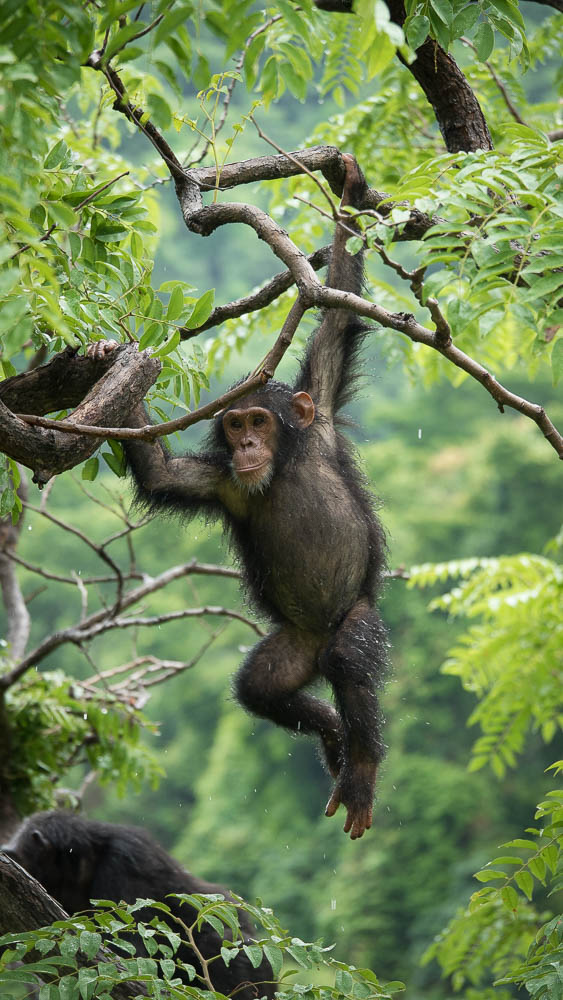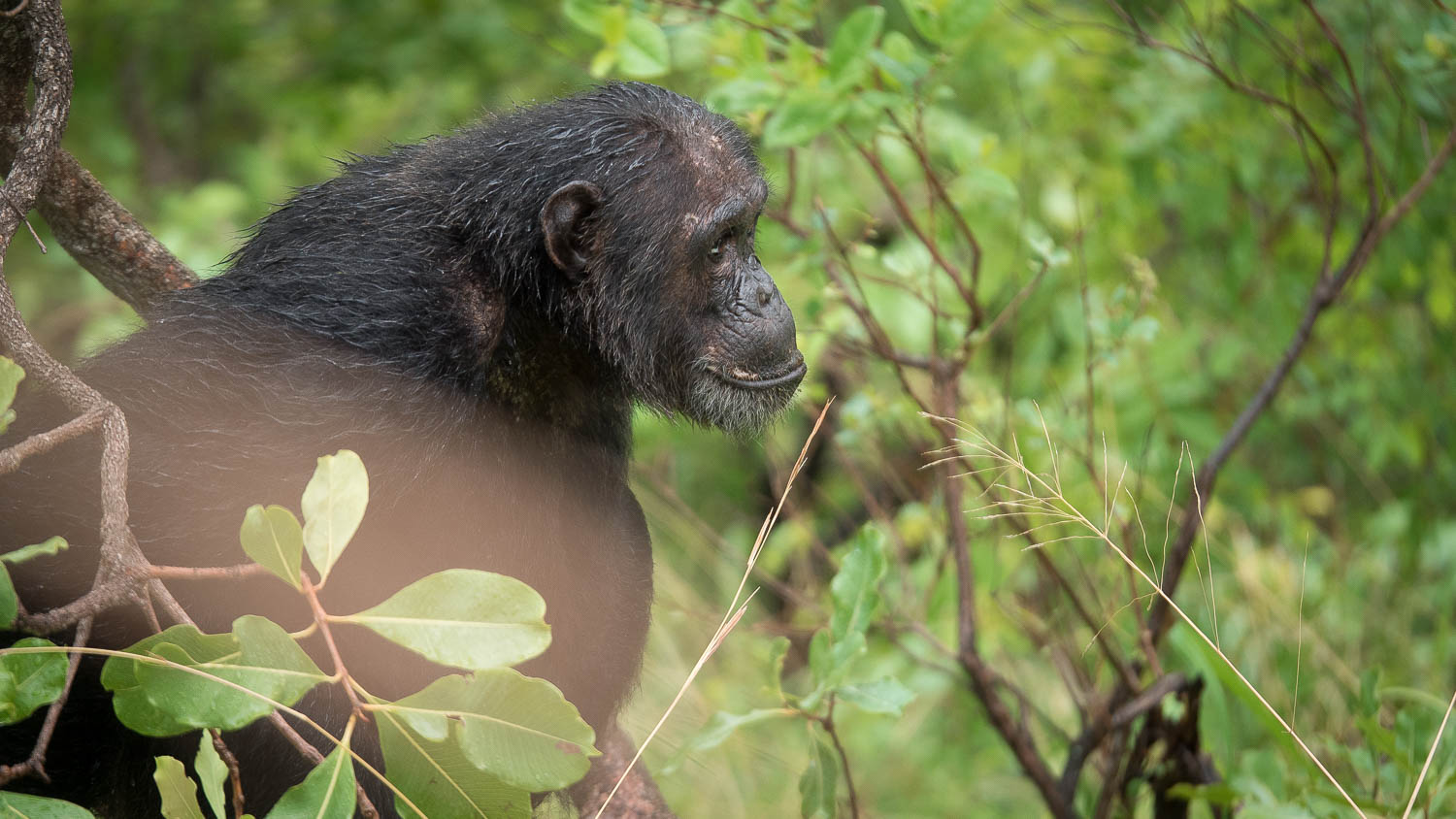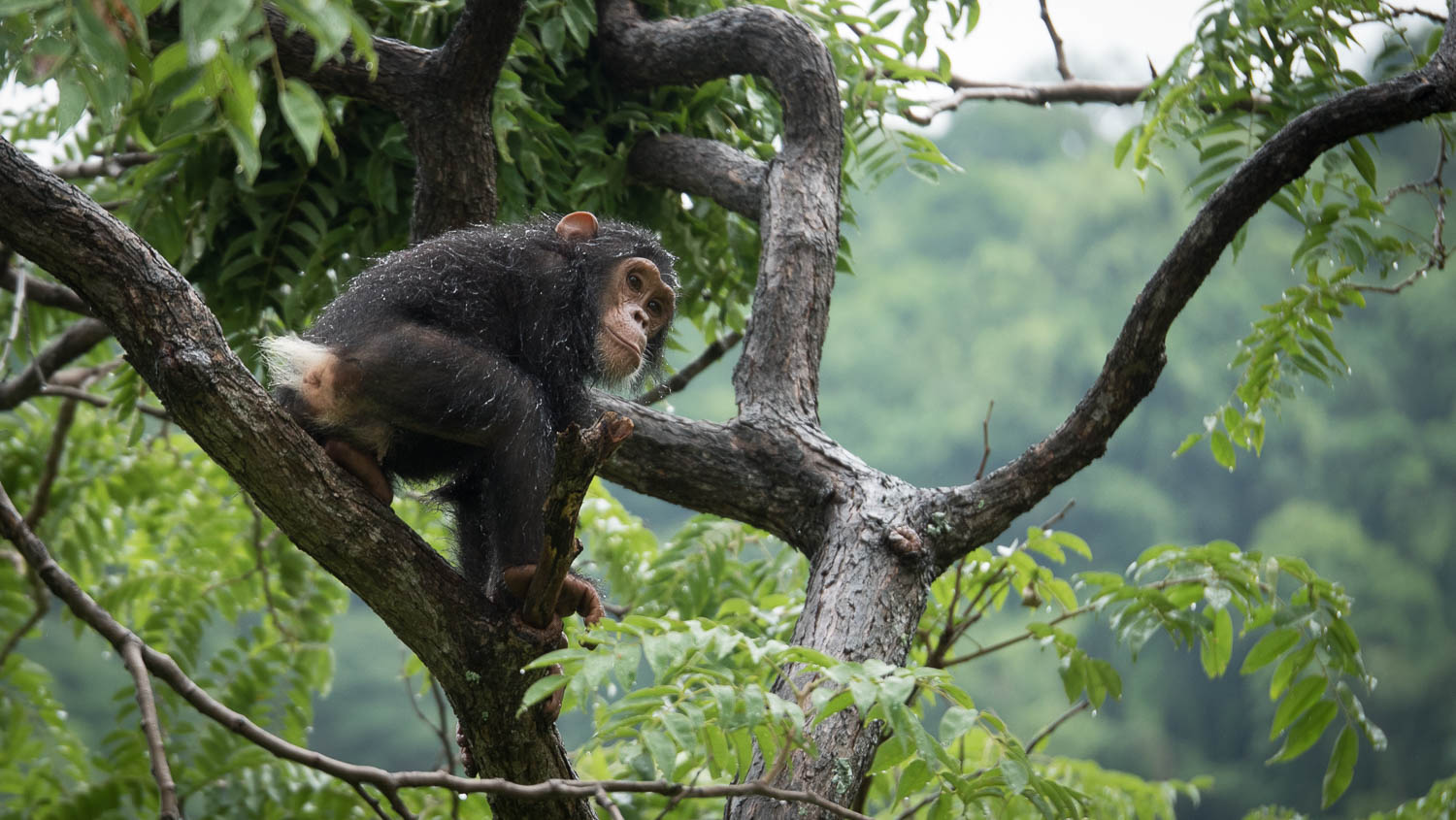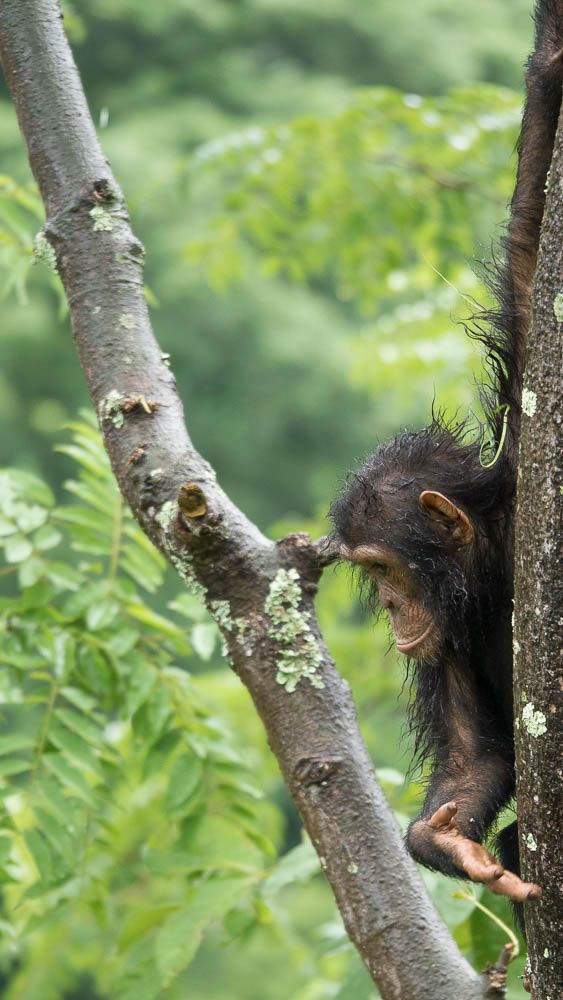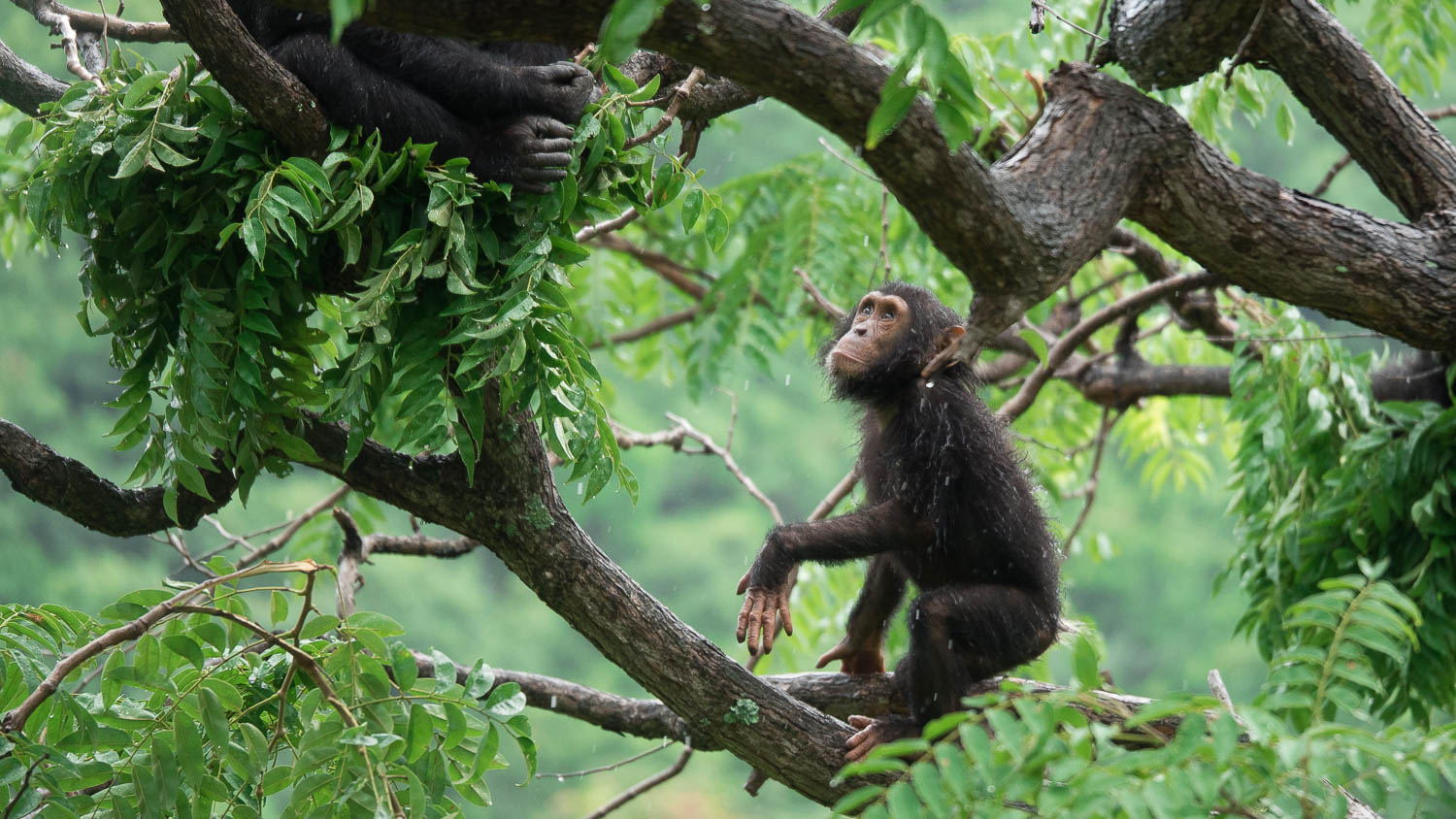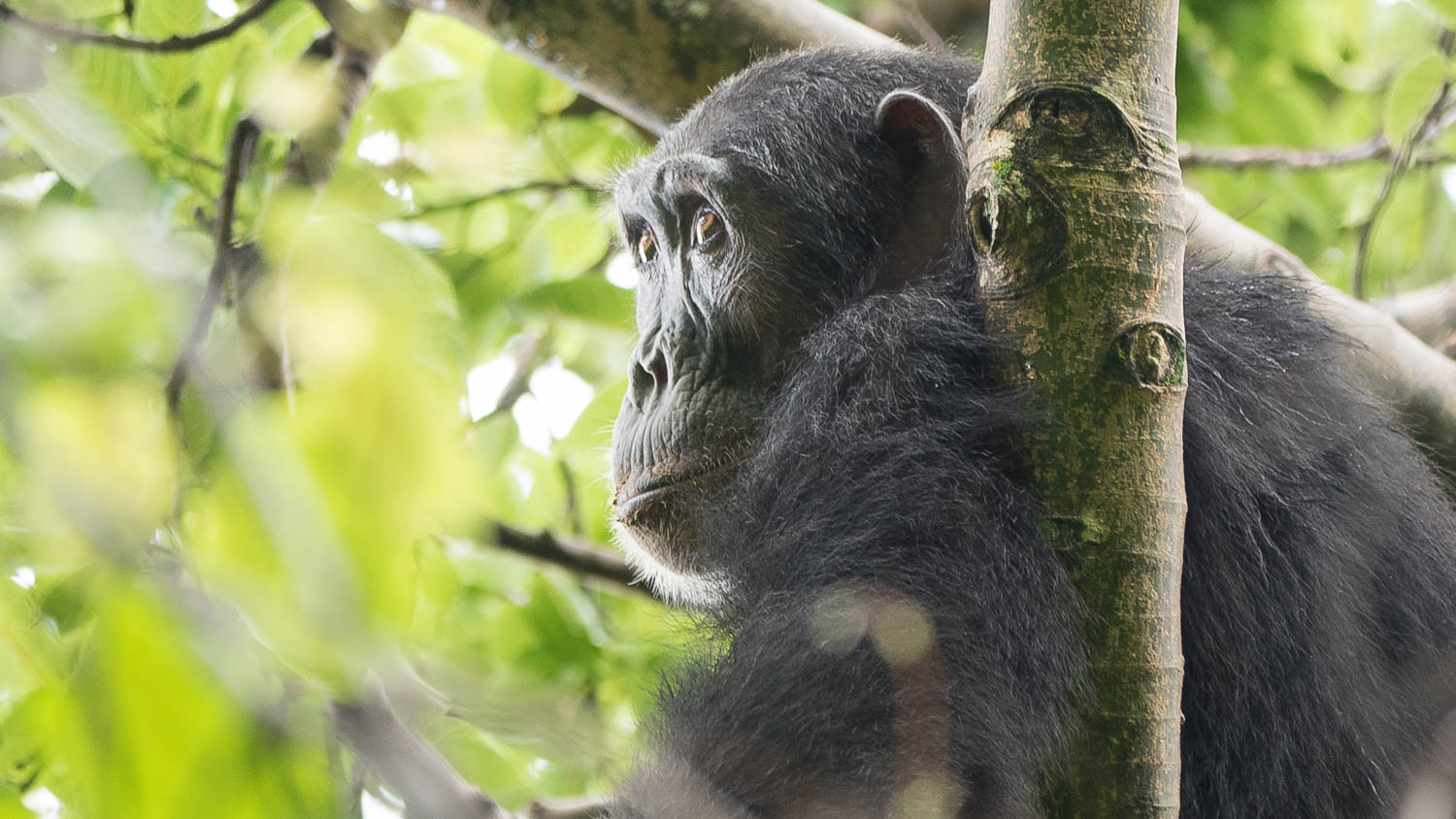Martin:
It was a long and dusty drive up from Katavi National Park back to the shores of Lake Tanganyika. The roads here are being controversially "improved" by Chinese investment. A huge undertaking, although quite what the Chinese will want in return is open to question. Mineral rights anyone? In the meantime though the constant diversions along rough tracks make the drive slow going. But the end goal makes the hassle of a days drive so worth it.
Kigoma is in the far north west of Tanzania and for us it was also the gateway into Gombe Stream National Park. The research centre at Gombe, founded by Jane Goodall, is effectively a living laboratory, home to the world's most studied group of chimpanzees. It was here that Goodall first discovered that chimpanzees are capable of fashioning and using tools - something it had long been thought of that only "man the toolmaker" was capable of. While watching the chimpanzees she observed them stripping leaves from twigs and sticking them into termite mounds - effectively "fishing" for termites.
For us the journey to visit the chimpanzees started with a two hour boat trip along the lake shore to the park entrance - it's inaccessible by road. With our guide we then began the steep climb up the slopes into the forest. By the time we reached the top the rain had started - but just as it cleared we came across a family of chimps feeding on fruits in the trees slightly below us. We were able to approach very close. The chimps, clearly unphased in any way by our presence, just carried on with their daily lives. The light after the rain and water still dripping from them enabled me to take some great pictures.
Before long the family moved on and we followed. In all we spent several hours tracking them through the forest as they moved from location to location in search of different fruits and leaves. A truly remarkable insight into their lives.
